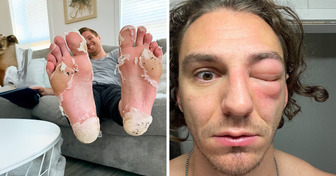12 Kind Stories That Prove Tomorrow Will Be a Better Day

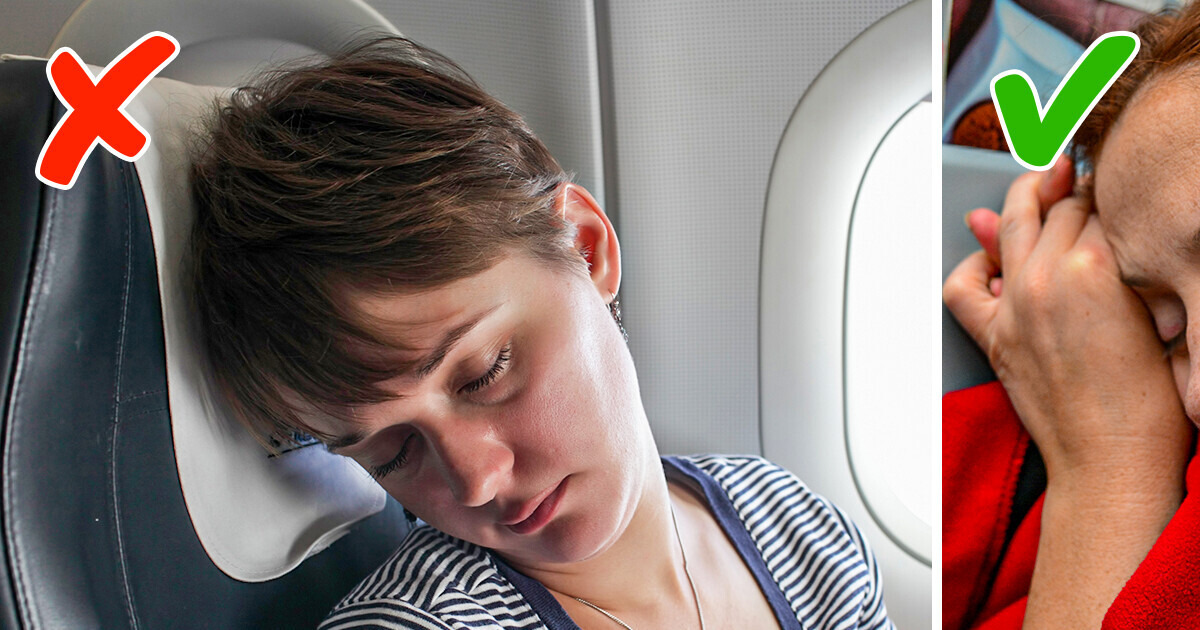
Air travel is designed with safety as the highest priority, and many in-flight procedures have hidden purposes that might surprise you. For example, dimming the cabin lights during takeoff and landing isn’t meant to help you relax, but serves a crucial safety function. Keep reading to uncover the fascinating and sometimes unsettling reasons behind this and other commonly misunderstood actions by the cabin crew—and don’t miss the bonus section for even more insights!
Dimming the lights during takeoff and landing on night flights might seem like a simple way to help passengers sleep. However, this seemingly minor protocol serves a critical safety purpose.
This practice doesn’t happen on every flight — it’s only done when it’s dark outside. “The lights in the cabin are dimmed at dusk and when it’s dark out, so your eyesight can adjust to make evacuating the aircraft easier,” explains Sue Fogwell, a former United Airlines flight attendant.
When moving from a bright environment to a dark one, it can take our eyes 20 to 30 minutes to fully adjust, allowing for improved vision in low light. In the event of an emergency landing requiring evacuation, having your eyes adapted to darkness can significantly enhance your ability to act quickly. Sue Fogwell explains that adjusted vision makes it easier to “see the floor lights that lead to exits,” improving your chances of a safe and swift exit.
Similarly, if it’s bright outside, flight attendants will turn the cabin lights on to prevent you from being blinded as you exit the plane. These seemingly minor adjustments are carefully designed to optimize conditions for a safe and efficient evacuation.
So, a dim cabin basically helps your body to launch its survival mechanisms. It allows your eyes to adjust so that they can see not only what’s in the plane but also what’s outside. If the cabin appears too bright, crew and passengers just won’t be able to see out of the windows.
These seemingly minor measures can become crucial during an emergency, where crewmembers must evacuate a flight within 90 seconds or less, as required by the Federal Aviation Administration (FAA).
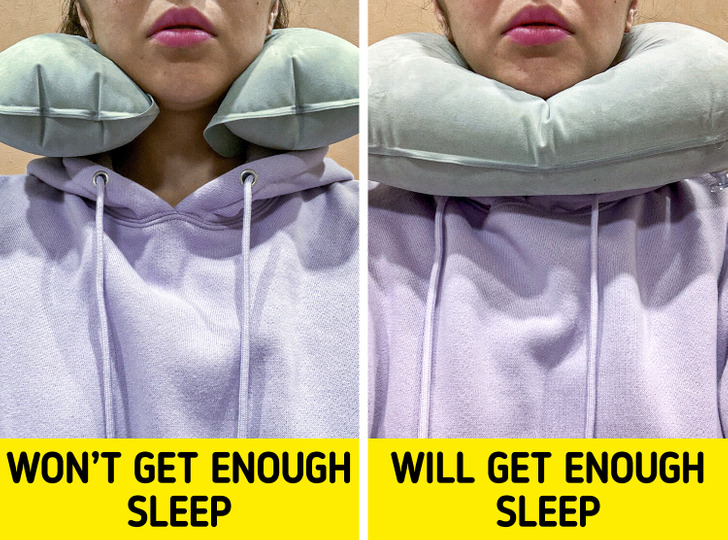
An experienced traveler shared a life hack that helps him sleep well onboard planes. All you need to do is use a travel pillow backward. In this case, the pillow will serve as a support for your chin and your head won’t bend forward. At the same time, the back of your head also has support — the seat itself.
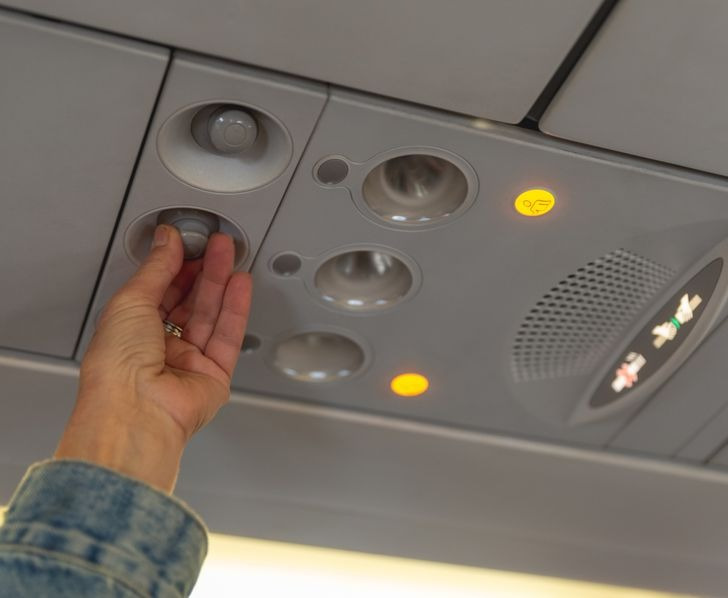
Air conditioners on airplanes serve as barriers — they “blow-off” bacteria, forcing them to settle on the floor faster, and preventing them from getting onto our mucous membranes. Therefore, it is advisable to not turn off the individual ventilation system, maintaining a medium or strong airflow throughout the entire flight.
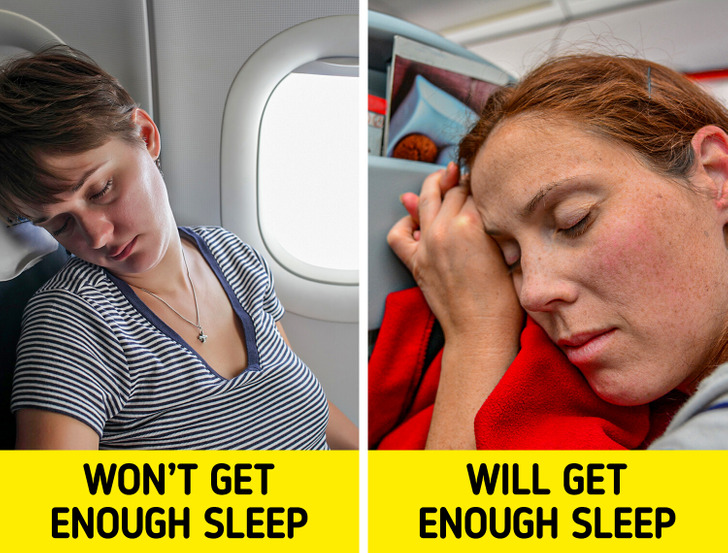
Experienced travelers recommend reclining the back of the seat as much as possible and opting for a window seat for a more comfortable rest. However, sleep experts say that the best pose for sleeping well is bending forward over the tray. One also shouldn’t bend over the wall near the window. As the survey shows, you’ll unlikely sleep well in this pose.
Here are a few more life hacks to make your flight as comfortable as possible, even in economy class.








